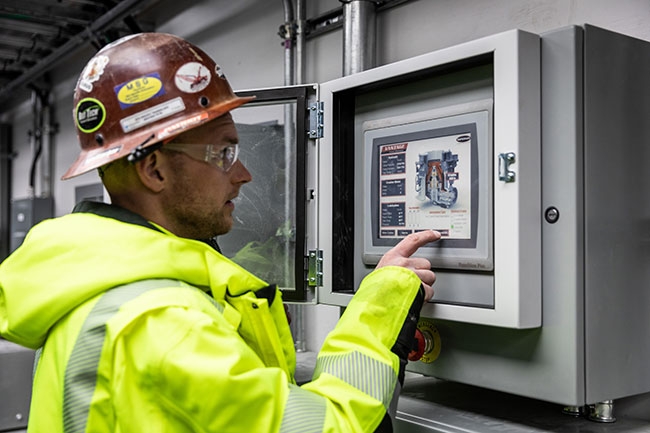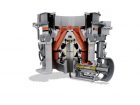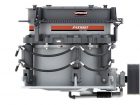
Features
Aggregates
Technology
Crushing It: Improving cone crusher performance through automation
Improving cone crusher performance through automation
September 18, 2019 By Mike schultz

While some crushing operations embrace automation, others may push it aside.
While some operations welcome change, others prefer to postpone it, perceiving a bit of agony in adapting to something new. Ultimately, those who eagerly harness crusher automation technologies experience greater cost-efficiency and safety, and lower operating costs per ton.
In truth, modern cone crushers operate via the same “basic principles” as those of yesteryear; however, the automation of crushing circuits is expanding rapidly, bringing new processing innovations and predictive maintenance solutions to the market.
Approach automation incrementally
To significantly improve cone crushing performance, automation need not be super-complicated, or technically over-the-top. Indeed, the best of today’s programs are user-friendly, and easy to access and control.
A first, simple step to automation delivers a big payback. Entry-level automation programs offer the ability to monitor machine performance parameters, correct operational issues before a failure occurs, and consistently practice solid predictive maintenance strategies.
Specifically, warning systems within automation programs alert operators to conditions such as bowl float; excessive amperage or temperatures; and lubrication or low-flow oil issues. This allows operators to maximize the life of wear components – while preventing costly damage and unplanned downtime due to component failure.
Ensure reliable, safe performance
An automated alert is integral in detecting potential bowl float. Also referred to as “ring bounce” or upper frame movement, bowl float occurs when crushing action exceeds the design specifications of the cone. While most crushers are engineered to open up due to tramp metal or an uncrushable – no cone crusher is designed to operate safely with bowl float or ring bounce – and when undetected, it will most certainly lead to component failures.
Even when standing right next to the machine, it can be difficult to detect the slightest ring bounce – making the use of an automated warning system a huge advantage in ensuring reliable, safe performance.
Some automation systems will also monitor the amperage utilization of the machine. If the drive motor is being overworked, the system will either reduce the amp draw or send an alert to the operator. Additionally, systems may also include auto-wear compensation, which automatically compensates for liner wear by closing the machine down to maintain the desired closed-side settings.
Be predictive, not reactive
Reactive maintenance is a common and costly “fix-it-when-broken” mentality. Alternatively, crusher automation programs provide the machine data needed for predictive maintenance strategies that maximize wear parts, minimize downtime, and prevent costly catastrophic failures. Utilizing simple automation is a great big step toward increased safety, ongoing profitability, and optimum crushing performance.
Mike Schultz is the crushing product manager for Superior Industries, a leading manufacturer of bulk material processing and handling systems.
Print this page


